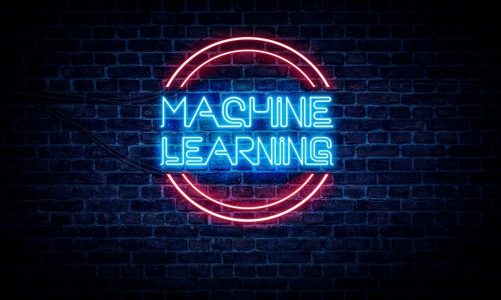Large enterprises strive to make production more efficient: streamline processes, reduce costs, and innovate to help them outperform the competition.
It is not so easy: the volume of data is constantly growing, and many new technological solutions are emerging. You need to develop and improve your IT systems to get ahead constantly.
One option is to use complex IoT solutions to look at the production processes as a whole. Let’s figure out which IoT technologies will enhance productivity and help to effectively use the entire amount of data collected at any large enterprise.
Why Is An Integrated Approach To Production Processes And Company Data Critical?
Large enterprises collect data from many different sources: IoT sensors, ERP and CRM systems, databases, CCTV cameras, etc. This data is helpful but heterogeneous: it is processed and analyzed in different systems that are not interconnected and then used in different business processes.
For example, it can use sensor data to monitor and quickly respond to equipment failures – allowing immediate action, reducing downtime, and reducing waste. Data about orders and customers are used to regulate production volumes. For different processes, information is needed in a different form: somewhere aggregated, somewhere you need to supplement it, and somewhere to look in conjunction with other data.
Due to the fragmentation of systems for working with data, it is impossible to create a single digital field where all information is collected, which means that it is impossible to see production and business processes fully, to look at them from the outside. Since the data is stored and processed in different systems, one cannot see the dependence of some facts on others; there is no way to find insights to optimize production.
If a summary report is needed to decide, data scientists have to search and aggregate that data. They determine which systems to look for the necessary information, then download and consolidate it, and conduct analysis. If you need a different report, everything starts again: search, unloading, mixing, analytics.
Such a system is unsuitable for operational decision-making and limits the ability to make forecasts. Human efforts cannot cope with the volume of data a company operates by consolidating from different sources, integrating new real-time data, connecting video analytics. Here we need new decision-making tools that allow processing data arrays at high speed.
We observe the following tendency: companies no longer introduce standard technologies but create their unique internal systems, taking suitable technology as a basis. Moreover, some solutions are easy to implement and customize for the company’s processes without completely breaking or rebuilding the existing IT systems.
Also Read: Beyond IoT Devices: Future Operating Rooms And Ambulance Routing Are In The Making



